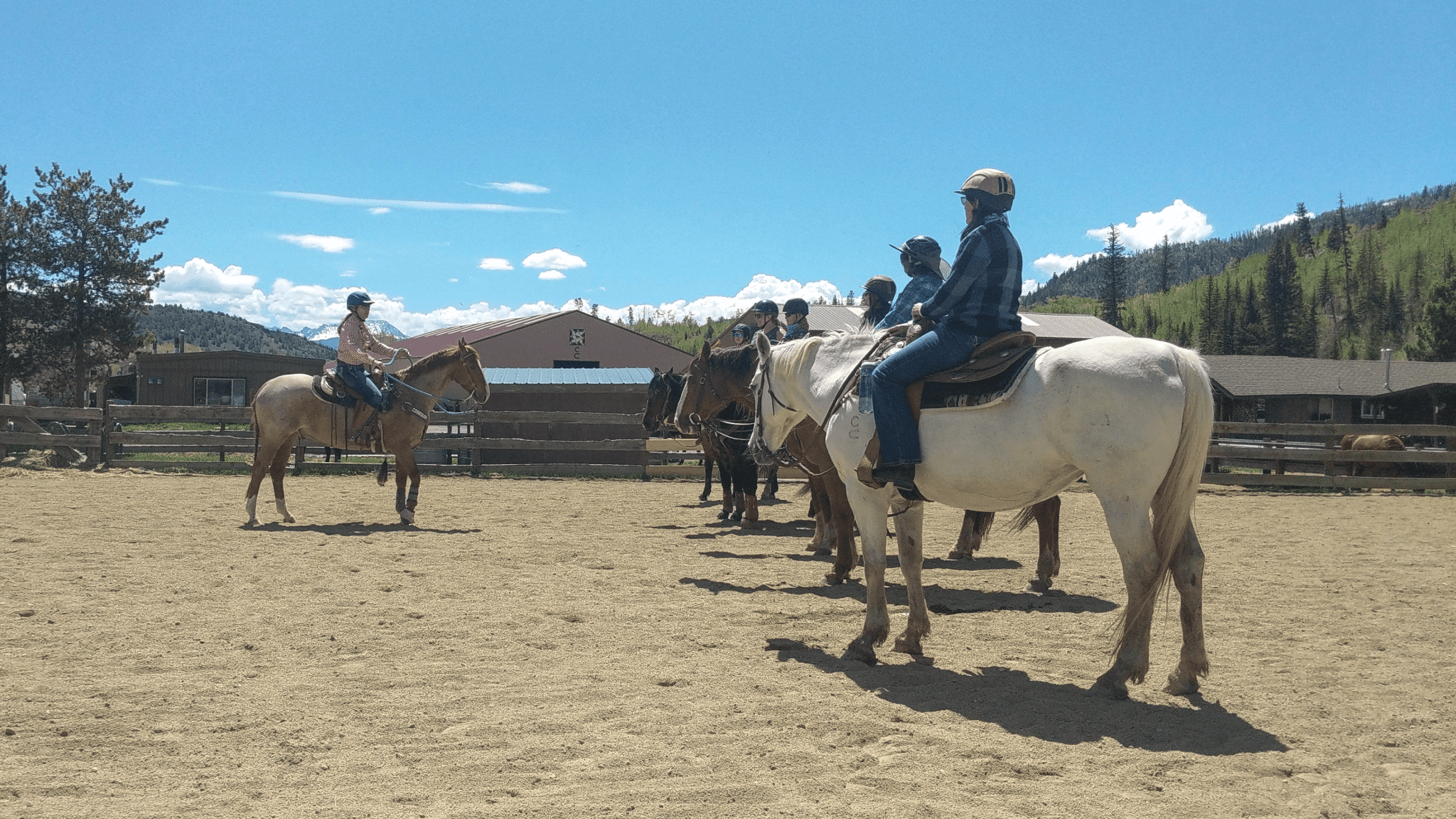Greetings!
It’s been my observation through the years that few non-pro riders understand the power of the release—it’s meaning to the horse and the critical aspect of the timing. Horses always work for the release of pressure—both physical and mental. And whatever your horses is doing at the moment you release the pressure, is what you have just trained him to do—right or wrong.
In an episode of Horse Master, I work with a young horse that is displaying a lot of resistant and fearful behavior, which has been trained into her by an owner that had been releasing her at the wrong time.
You’ll see at the beginning of the show that whenever the owner approached her with a “scary thing”, which is this case was simply a leather show halter, the horse pulled-back in resistance, then the owner took the halter away. From the horse’s point of view, she was doing the right thing by throwing her head up in the air and backing up, because every time she did that, the owner rewarded her by taking the halter away. This is what I refer to as anti-training—training the horse to give the wrong response. It happens all the time. Have you seen it?
I see this type of problem all the time—releasing at the wrong time and not releasing at the right time. For instance, I see people that have a lazy non-responsive horse give the horse a command, say to trot, and the horse ignores them, so they stop asking (releasing the pressure), so the horse is rewarded for his lack of response. He thinks he did the right thing.
Or, the horse that is being ridden with heavy contact tries to find the release and eventually guesses right and breaks at the poll, lowers his head and rounds his frame, but the pressure never goes away so he thinks that is not the right response and starts trying other tactics to get a release. Unfortunately when he throws his head or roots the reins, he gives himself a momentary release, so he thinks that’s the right answer.
You have a 3-second window of opportunity in which to release a horse (or apply a correction) in order for him to make an association between his actions and the release (or correction). After 3 seconds, it’s not possible for him to make the association and the sooner in the 3 seconds that the release or correction occurs, the more likely the horse is to make the right association. Research has shown that the optimal time is one-half of one second. You have to be really good to have that kind of split-second timing. Timing is everything in training; it’s hard to have good timing if you have to think through the proper response.
Maybe you’ve had a horse that has inadvertently been trained the wrong thing? Even a very well-trained horse can become confused in his training from the rider not releasing him. Or worse, he loses his incentive to respond and perform if the release never comes. Have you witnessed the power of the release?
And don’t forget, we have to release the mental pressure we put on horses too. They feel mental pressure just as keenly as physical pressure and they can respond either offensively or defensively to pressure, moving away from pressure or into pressure.
BTW- we recently had a great weekend at C Lazy U! We met some new friends, caught up with some old ones, did a lot of good cow work with our horses and even survived the weekend without gaining weight. I actually lost two pounds! Putting me very close to reaching my first 5-pound challenge.
Enjoy the ride!
Julie
Join Julie’s Library Membership to access all of the Horse Master Episodes HERE



